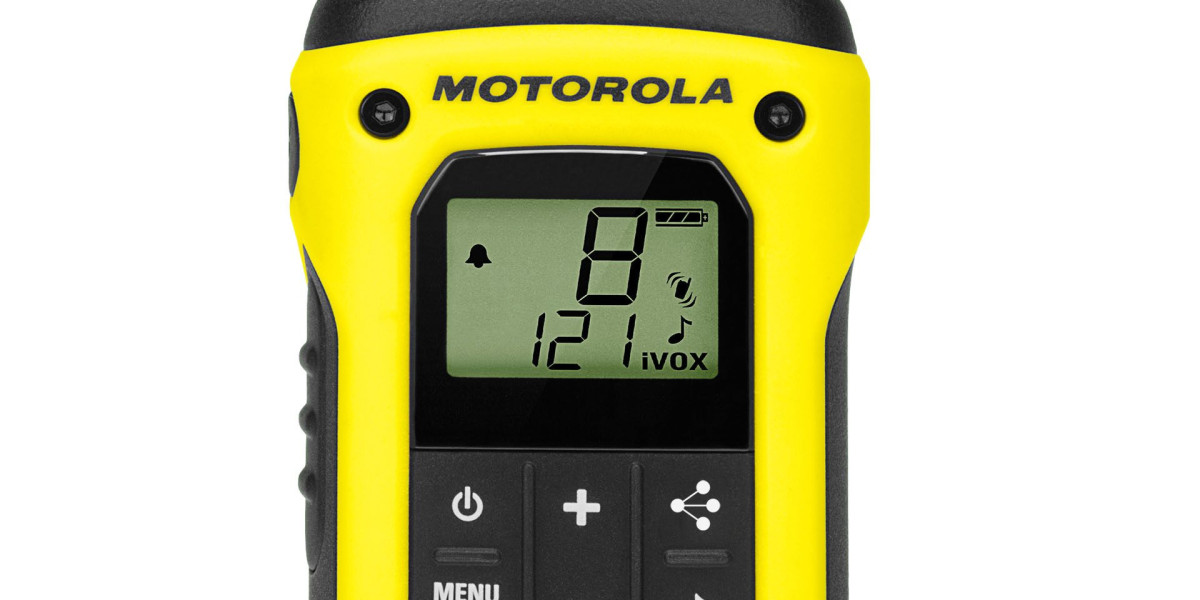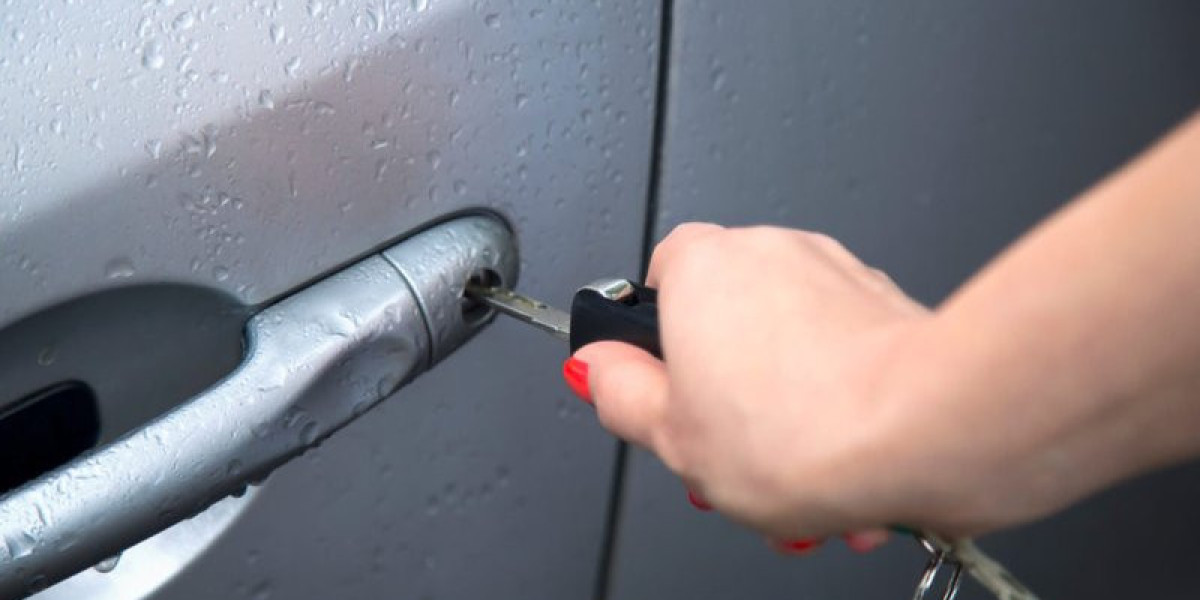When it comes to personal safety and communication in various environments, tools like walkie talkies and taser guns can play vital roles. While both devices contribute to security, they serve different purposes. A walkie talkie is a communication device that allows you to stay in touch with others, while a taser gun is a self-defense weapon designed to incapacitate an attacker. In this blog post, we’ll explore the key differences between these two devices and discuss when and how each one should be used.
What is a Walkie Talkie?
A walkie talkie is a portable, two-way radio transceiver designed for short-range communication. Walkie talkies are widely used in various settings, including by law enforcement, security personnel, outdoor enthusiasts, and event organizers. They allow users to communicate with one another over a short distance without the need for cellular networks, making them especially useful in remote locations or in situations where cell phone service might not be available.
Key features of walkie talkies include:
Short-Range Communication: Typically, walkie talkies can transmit signals over distances ranging from a few hundred meters to several miles, depending on the model.
Instant Communication: Walkie talkies offer real-time communication by pressing a button, making them ideal for coordinating tasks or alerting others in emergency situations.
No Need for Cellular Networks: Since walkie talkies don’t rely on cell towers, they are often used in areas with poor reception or for events where cellular networks are overloaded.
Variety of Frequencies: Many walkie talkies are equipped with multiple channels, allowing users to switch between different frequencies to avoid interference.
When to Use a Walkie Talkie:
Outdoor Adventures: Perfect for hiking, camping, or other activities where you need to stay in touch with companions in remote areas.
Event Coordination: Used by staff at concerts, sports events, or conferences to communicate and manage logistics.
Security and Law Enforcement: Widely used by security teams or police officers for quick communication in the field.
What is a Taser Gun?
A taser gun is a type of non-lethal weapon designed to incapacitate an individual temporarily using electric shock. Taser guns are used for self-defense, law enforcement, and situations that require subduing a potentially dangerous person without causing long-term harm. The gun fires two small electrodes attached to wires that deliver an electric charge to disrupt muscle control and cause temporary paralysis.
Key features of taser guns include:
Non-Lethal Self-Defense: Tasers are designed to incapacitate a person without causing permanent harm, making them a popular choice for self-defense and law enforcement.
Electroshock Technology: When activated, a taser sends electrical impulses that disrupt the body’s neuromuscular system, causing muscle contractions and temporary loss of control.
Range and Accuracy: Taser guns can effectively incapacitate someone from a distance of 15 to 25 feet, depending on the model.
Reusable Cartridges: Many tasers are equipped with replaceable cartridges that contain the electrodes, allowing the device to be used multiple times.
When to Use a Taser Gun:
Self-Defense: If you're in a threatening situation and need to neutralize an attacker from a distance, a taser gun is a non-lethal way to protect yourself.
Law Enforcement: Police officers often use tasers to subdue suspects without resorting to more dangerous or lethal means.
Crowd Control: In certain situations, tasers can be used to manage aggressive individuals in a crowd or at large public events.
Walkie Talkie vs. Taser Gun: Key Differences
Purpose and Function:
Walkie Talkie: Primarily used for communication and coordination, walkie talkies allow you to stay in touch with others over short distances.
Taser Gun: Used for self-defense, a taser gun is a non-lethal weapon that temporarily incapacitates a person through electric shock.
Mode of Operation:
Walkie Talkie: A walkie talkie operates through radio frequencies, requiring no physical contact with others to send a message.
Taser Gun: A taser gun fires projectiles (electrodes) that make contact with the target, delivering an electric charge to disrupt the body’s electrical signals.
Range and Use:
Walkie Talkie: Walkie talkies typically have a range of a few hundred meters to several miles, depending on terrain and model. They are used for communication in various settings.
Taser Gun: Taser guns have a range of around 15 to 25 feet, allowing you to subdue an attacker at a distance, and are used in high-risk situations.
Portability:
Walkie Talkie: Light and portable, walkie talkies are easy to carry and are often used for outdoor activities, event coordination, or group communication.
Taser Gun: A bit bulkier than a walkie talkie, taser guns are typically carried by law enforcement officers or individuals concerned with self-defense.
Safety and Regulation:
Walkie Talkie: Walkie talkies are generally safe to use and are regulated based on frequency bands, ensuring that they don’t interfere with other communications.
Taser Gun: Taser guns are regulated by local laws and may only be legally carried in certain areas or by specific individuals, such as law enforcement or licensed private security personnel.
When to Choose a Walkie Talkie:
For Communication in Groups: Walkie talkies are ideal for staying in touch with multiple people, whether on a hiking trip, at a concert, or in a workplace.
In Remote Areas: If you need a reliable communication tool where cell phones may not work, a walkie talkie is your go-to option.
For Coordinating Tasks: Walkie talkies provide a fast and easy way to communicate instructions or updates, making them great for event management, security operations, or team sports.
When to Choose a Taser Gun:
For Personal Self-Defense: If you're worried about personal safety and want to defend yourself from a distance, a taser gun offers a non-lethal way to neutralize a threat.
For Law Enforcement and Security: A taser gun is an effective alternative to firearms, allowing law enforcement or security professionals to control dangerous individuals without using deadly force.
When Facing a Dangerous Threat: In high-risk situations where you need to incapacitate an attacker or suspect without causing lasting harm, a taser is a useful tool.
Conclusion: Choosing the Right Tool for Your Needs
Both walkie talkies and taser guns are invaluable tools for safety and security, but they serve very different functions. Walkie talkies are essential for communication and coordination in various settings, whether you’re out in the field, at an event, or managing a team. On the other hand, a taser gun is a self-defense tool designed to temporarily incapacitate a potential threat, providing you with a non-lethal alternative to protect yourself.
The choice between a walkie talkie and a taser gun depends entirely on your needs—whether it's staying in touch with others or having the means to protect yourself in dangerous situations. By understanding the capabilities of each, you can make a more informed decision about which tool suits your requirements best. Always remember to use these tools responsibly and follow local regulations.








